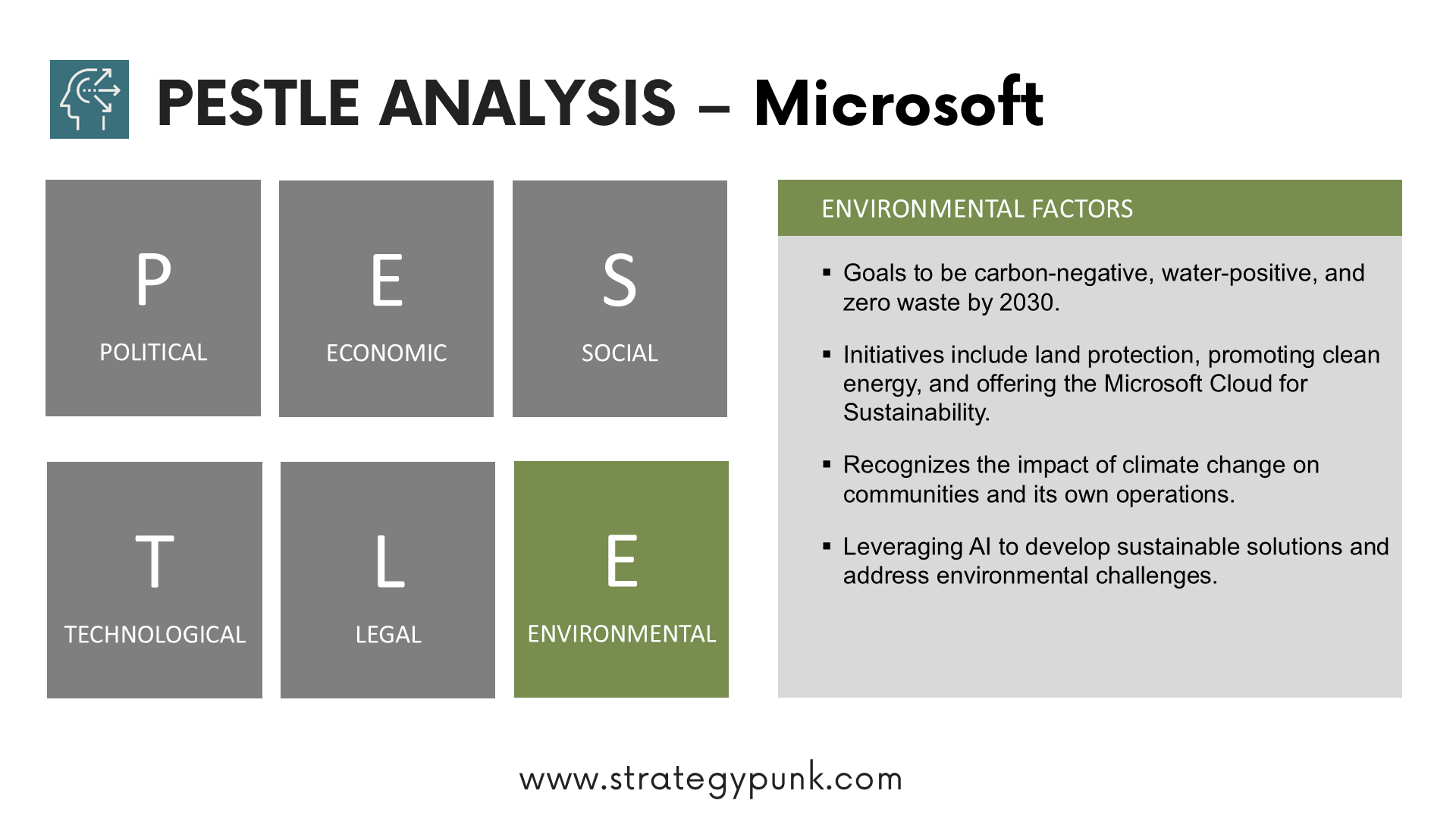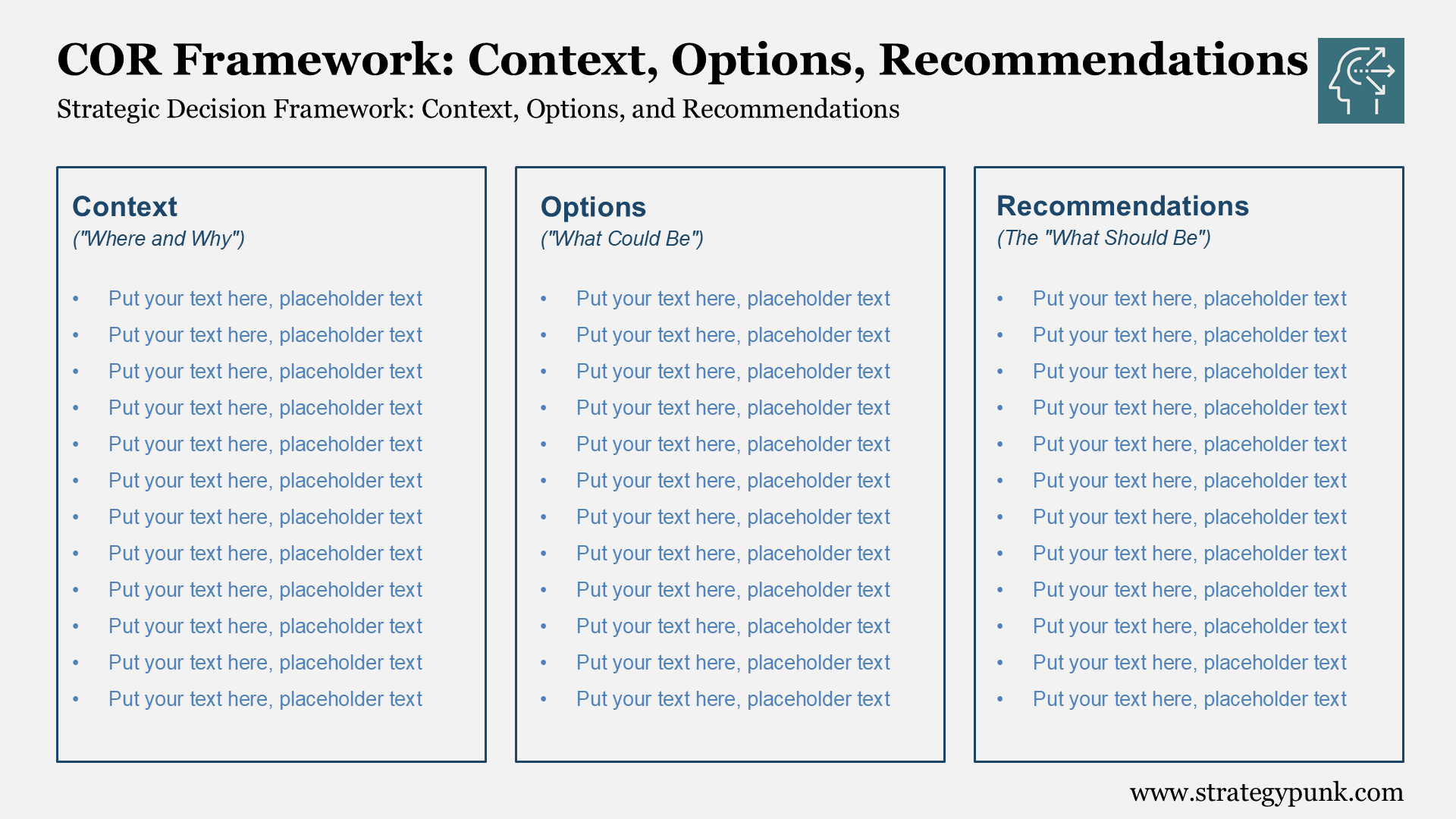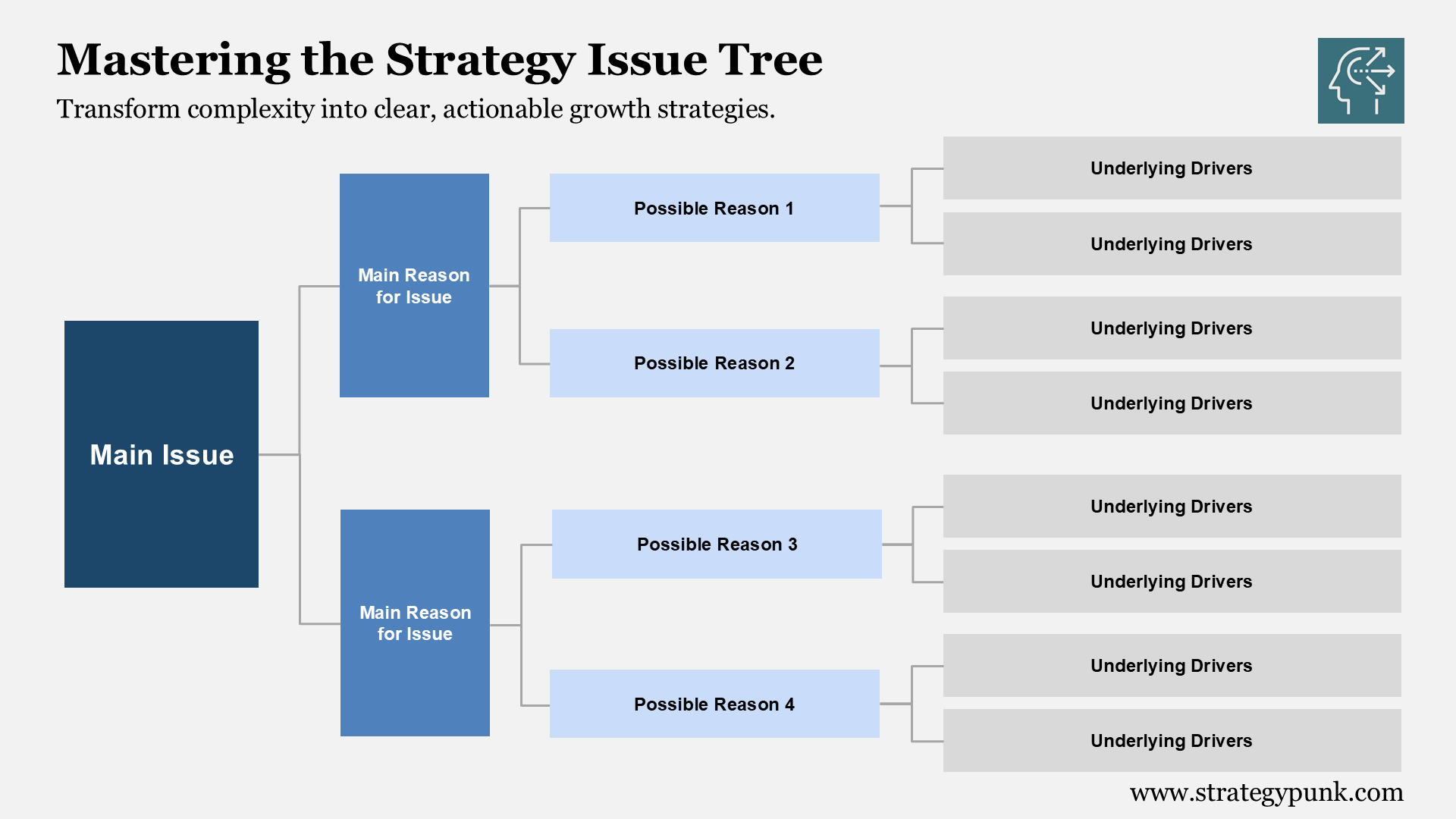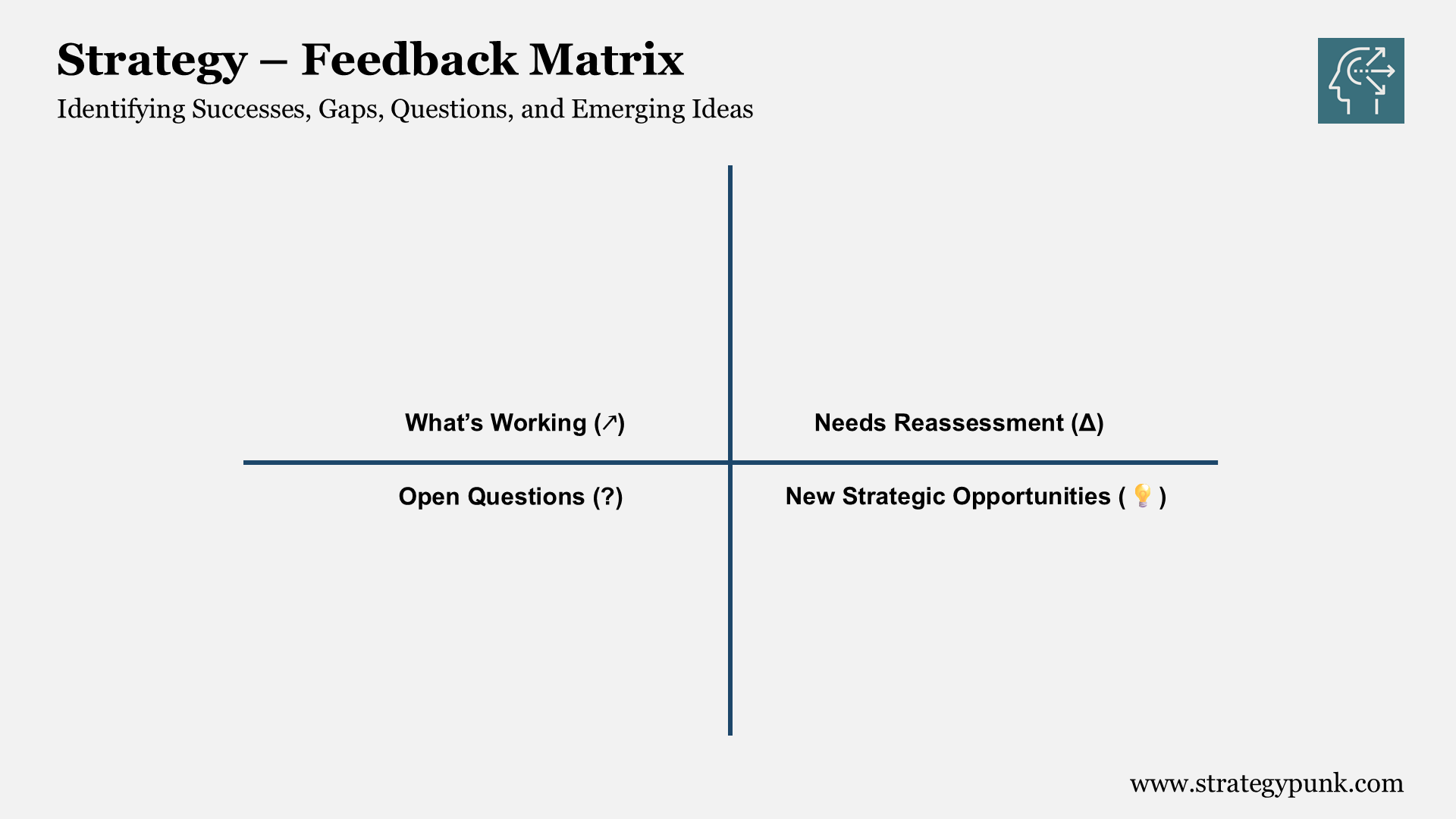PESTLE Analysis: Microsoft (FREE PDF Template)
Explore how Microsoft, a tech giant since 1975, is navigating the AI revolution with a PESTLE analysis revealing factors shaping its future strategies. Free PDF.

Microsoft: A Tech Giant Navigating the AI Revolution
Microsoft, the iconic technology company founded in 1975, has consistently evolved to remain at the forefront of the tech industry.
From its early days of revolutionizing personal computing with Windows to its current position as a leading cloud provider with Azure, Microsoft has demonstrated an impressive ability to adapt and innovate.
This blog post will examine Microsoft's multifaceted business model and conduct a PESTLE analysis to understand the political, economic, social, technological, legal, and environmental factors shaping its current and future trajectory.
A Look at Microsoft's Business Model
Microsoft's business model is multifaceted, encompassing various revenue streams and strategic approaches. Here's a breakdown based on the provided sources:
1. Diverse Product and Service Portfolio:
- Software Products: Microsoft develops and licenses various software products, including operating systems like Windows, server software like Windows Server and SQL Server, productivity software like the Microsoft Office Suite, and developer tools like Visual Studio. These products are licensed to individuals, businesses, and OEMs.
- Cloud-Based Services: Microsoft's Azure platform strongly focuses on cloud computing. Azure provides a suite of cloud services, including infrastructure as a service (IaaS), platform as a service (PaaS), and software as a service (SaaS). This segment includes Office 365, Dynamics 365, and Xbox cloud gaming offerings.
- Hardware Devices: Microsoft designs and sells hardware devices, most notably the Surface line of products. This includes laptops, tablets, and other accessories. They also produce gaming consoles like Xbox and mixed reality devices like HoloLens.
- Online Services: Microsoft offers various online services, including the Bing search engine, Microsoft Edge browser, LinkedIn professional networking platform, and advertising platforms.
2. Multiple Revenue Streams:
- Licensing: Microsoft generates revenue through licensing its software products, including perpetual licenses and subscriptions. Volume licensing agreements are offered to organizations to acquire multiple licenses.
- Cloud Subscriptions: Most of Microsoft's revenue comes from cloud subscriptions for Azure, Office 365, and Dynamics 365. Customers pay recurring fees for access to these cloud-based services.
- Hardware Sales: Revenue is generated through direct sales of hardware devices like Surface and Xbox consoles.
- Advertising: Microsoft's online advertising platforms contribute to revenue primarily through Bing and LinkedIn.
- Enterprise Services: Microsoft provides consulting and support services to enterprises, generating revenue through professional services engagements.
3.Strategic Partnerships:
- OEM Relationships: Microsoft has strong partnerships with OEMs who pre-install Windows and other Microsoft software on their devices. This drives significant revenue through OEM licensing.
- OpenAI Collaboration: Microsoft has a strategic partnership with OpenAI, a leading AI research and deployment company. This collaboration allows them to integrate OpenAI's models, like ChatGPT and GPT-4, into their products and services.
- Industry-Specific Solutions: Microsoft develops industry-specific cloud solutions tailored to the needs of various sectors, such as healthcare, retail, and finance. This helps the company expand its market reach and customer base.
4. Focus on Innovation and Emerging Technologies:
- AI-First Strategy: Microsoft is heavily investing in AI and positioning itself as an AI-first platform. They integrate AI capabilities across their products and services to enhance productivity, creativity, and user experience.
- Cloud Infrastructure Expansion: Microsoft continues to invest in expanding its global cloud infrastructure and data centers to support the growth of Azure and other cloud services.
- Mixed Reality and Quantum Computing: Microsoft is exploring and investing in emerging technologies like mixed reality and quantum computing, demonstrating a commitment to future innovation and growth opportunities.
5. Strong Emphasis on Corporate Social Responsibility:
- Sustainability Goals: Microsoft is committed to environmental sustainability and has set ambitious targets for carbon reduction, water positivity, and zero waste.
- Social Impact Initiatives: Microsoft invests in programs addressing social issues like the digital skills gap, racial equity, and accessibility. It also emphasizes responsible AI development and deployment.
Microsoft's business model is built on diverse products and services, multiple revenue streams, strategic partnerships, an innovation focus, and a commitment to corporate social responsibility. This adaptable approach allows Microsoft to cater to various customer needs while capitalizing on emerging technological trends.
Microsoft PESTLE Analysis

Microsoft Company Introduction
Microsoft is a prominent technology company with a mission to empower every person and every organization to achieve more.
The company develops and supports various software, services, devices, and solutions to help businesses, improve educational and health outcomes, and enhance public-sector efficiency.
The company is committed to making AI's promise a reality and doing so responsibly. Microsoft's work in AI is guided by a core set of principles: fairness, reliability and safety, privacy and security, inclusiveness, transparency, and accountability. The company has invested in powerful AI supercomputers to support its AI initiatives.
Microsoft is also dedicated to sustainability, aiming to be carbon-negative, water-positive, and zero-waste by 2030. In 2022, the company reduced its overall carbon emissions by 0.5 percent. Microsoft recognizes the growing importance of environmental, social, and governance topics and has made various commitments to positively impact global issues.
The company offers a diverse portfolio of products and services, including cloud-based solutions like Azure, Office 365, Dynamics 365, and Xbox, as well as other software products such as Windows and SQL Server. Microsoft's commercial cloud offerings, especially Azure, are a significant focus as the company sees increased cloud migrations.
Microsoft distributes its products and services through various channels, including original equipment manufacturers (OEMs), direct sales, distributors, and resellers. The company also operates Microsoft Experience Centers to facilitate deeper engagement with partners and customers.
Publicly traded on the NASDAQ Stock Market under the symbol MSFT, Microsoft reported a 7% increase in revenue to $211.915 billion in fiscal year 2023.
PESTLE Analysis of Microsoft
based on the Annual Report and Letter to Shareholders 2023
Political Factors

- Government Regulations and Policies: The sources highlight Microsoft's engagement with governments globally to advocate for AI regulations. They specifically mention the release of a "Governing AI Blueprint" outlining policy recommendations for AI guardrails. The company is also a signatory to voluntary commitments on AI safety, security, and trust developed with the US White House. This suggests that political factors, particularly AI governance, are highly relevant to Microsoft's operations.
- Geopolitical Tensions: The sources mention "geopolitical volatility" as a challenge. While not explicitly detailed, this likely refers to trade wars, international conflicts, and political instability in various regions. These can impact Microsoft's business operations, supply chains, and market access. The ongoing support for Ukraine in the face of cyberattacks stemming from the war is also mentioned.
- Public Sector Partnerships: Microsoft emphasizes its work with governments and public sector institutions. Examples include partnerships with Taiwan's Ministry of Education and the Indian government's Ministry of Electronics and IT. These collaborations indicate the importance of political relationships for Microsoft in expanding its reach and impact.
Economic Factors

- Global Economic Volatility: Microsoft acknowledges the presence of "ongoing economic... volatility" . This can include factors like inflation, recessionary pressures, and fluctuations in currency exchange rates. These economic uncertainties can impact consumer spending, business investments, and overall demand for Microsoft's products and services. The sources mention an example of Netflix choosing Microsoft as its exclusive technology and sales partner for its first ad-supported subscription offering due to the "differentiated value" provided by Microsoft.
- Digital Transformation Investments: The sources highlight the increasing digital transformation trend across industries. This signifies a positive economic factor for Microsoft as businesses invest in cloud computing, AI, and other technologies to enhance their operations. This aligns with Microsoft's strategic focus on providing solutions that empower digital transformation. Microsoft is seeing increased "cloud migrations to Azure" cloud computing platform.
- Talent Market Dynamics: The sources address Microsoft's efforts to "recruit, develop, and retain world-changing talent." They also mention the company's response to a dynamic labor market with adjustments in employee compensation. This suggests that economic factors related to labor costs, talent acquisition, and retention are significant considerations for Microsoft.
Social Factors

- Hybrid Work Trends: Microsoft acknowledges the shift towards hybrid work models and discusses its "Hybrid Workplace Flexibility Guidance." They note that employees value flexibility in work location and hours. This indicates Microsoft's recognition of evolving social trends in work patterns, which influence their product development and workplace strategies. Microsoft notes explicitly developing "Microsoft 365" to be used by a "digitally connected, distributed workforce."
- Digital Skills Gap: The sources highlight Microsoft's initiatives to address the digital skills gap through programs like the Generative AI Skills Grant Challenge. This implies recognizing the social need for upskilling and reskilling workforces to adapt to technological advancements, particularly in AI. This links to Microsoft's efforts to democratize access to technology and empower individuals with the necessary skills.
- Social Responsibility and Ethics: Microsoft repeatedly emphasizes its commitment to responsible AI development and deployment. This reflects growing societal concerns about the ethical implications of AI, including bias, privacy, and safety. Microsoft's emphasis on earning trust suggests that these social considerations are integral to its brand image and long-term success. For example, Microsoft is developing "media content provenance technologies" to help combat "online disinformation".
Technological Factors

- Rapid Advancements in AI: The sources extensively discuss AI's transformative potential, particularly "this new age of AI." Microsoft highlights its focus on becoming an "AI-first platform" and infusing AI capabilities across its product portfolio. This points towards rapid technological advancements as a key driver for Microsoft's innovation and growth strategy. Microsoft highlights its investment in "AI supercomputers" to meet this demand.
- Cloud Computing Dominance: Microsoft emphasizes its leadership in the commercial cloud market. They mention continued growth in Azure and other cloud services. This underscores the significance of cloud computing as a foundational technological factor shaping Microsoft's business. Its dominance in this space provides a competitive advantage and drives revenue growth.
- Cybersecurity Threats: Microsoft acknowledges the increasing sophistication and frequency of cyberattacks. This indicates the importance of cybersecurity as a critical technological factor impacting Microsoft and its customers. Microsoft is responding to this by developing "comprehensive, AI-powered solutions" to enhance security for its users.
Legal Factors

- Data Privacy Regulations: Microsoft addresses its commitment to protecting privacy in the context of AI development and use. This signifies the relevance of legal frameworks like GDPR in influencing Microsoft's data handling practices and product development.
- Antitrust Scrutiny: While not explicitly mentioned in these sources, Microsoft has faced antitrust scrutiny. Given its dominant market position in operating systems and cloud computing, legal and regulatory factors related to competition and antitrust laws remain relevant.
- Intellectual Property Protection: Microsoft mentions its active efforts to protect its intellectual property investments, including patents, trademarks, and trade secrets. This indicates the importance of legal frameworks and enforcement mechanisms in safeguarding Microsoft's innovations and competitive advantage.
Environmental Factors

- Sustainability Commitments: Microsoft highlights its environmental sustainability goals, aiming to be carbon-negative, water positive, and zero waste by 2030. This demonstrates the company's response to growing environmental concerns and its efforts to reduce its ecological footprint. These initiatives align with broader societal expectations for corporate environmental responsibility. Specific activities include protecting land, promoting clean energy, and developing tools like the "Microsoft Cloud for Sustainability" to help other organizations track and reduce their emissions.
- Climate Change Impacts: Microsoft acknowledges the impact of extreme weather events on communities worldwide. This suggests an awareness of the potential risks and disruptions posed by climate change to Microsoft's operations and supply chains.
- Responsible AI for Environmental Solutions: Microsoft emphasizes AI's potential to contribute to addressing climate change. This highlights the intersection of environmental factors and technological innovation as Microsoft seeks to leverage AI to develop sustainable solutions.
It's important to note that this PESTLE analysis is based solely on the provided source documents. Additional research and information may be necessary to gain a more complete understanding of the factors influencing Microsoft.
Microsoft PESTLE PDF Template
Unlock valuable insights into Microsoft's business environment with our detailed PESTLE analysis.
This report delves into the Political, Economic, Social, Technological, Legal, and Environmental factors influencing one of the world's leading technology companies.
It is ideal for students, professionals, and enthusiasts looking to understand the external forces shaping Microsoft's strategies and market position.
Stay ahead with in-depth knowledge of the challenges and opportunities for Microsoft.





